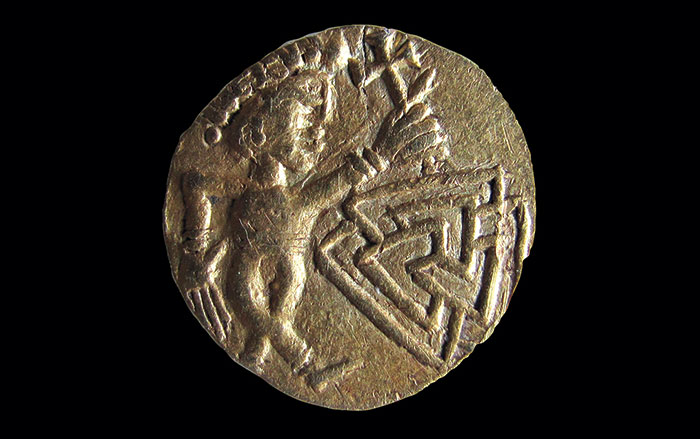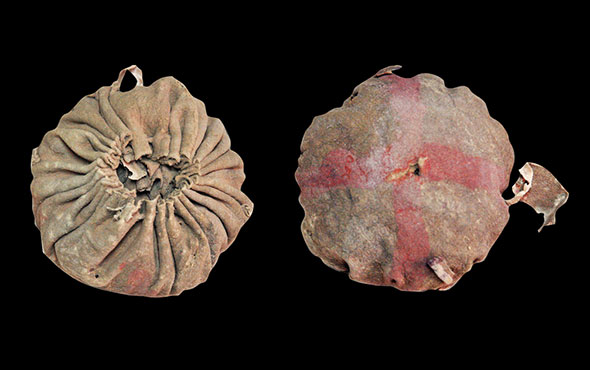
JENA, GERMANY—According to a statement released by the American Association for the Advancement of Science, the examination of 43,000 reptile bones recovered from six of the Guadeloupe Islands suggests that the arrival of European colonists brought about the extinction of 50 to 70 percent of local snakes and lizards. Corentin Bochaton of the Max Planck Institute for the Science of Human History and his colleagues found that the islands’ snakes and lizards were able to withstand the impact produced by Indigenous populations. But beginning about 500 years ago, the researchers found that the diversity of the animals began to diminish. Tree-dwelling species fared better than ground dwellers, and medium-sized species survived in greater numbers than smaller ones. The researchers think that mammals that came to the islands with Europeans, such as cats, mongooses, rats, and raccoons, may have preyed upon small, ground-dwelling reptiles. Read the original scholarly article about this research in Science Advances. For more about archaeology of the Guadeloupe Islands, go to "World Roundup: Guadeloupe."










